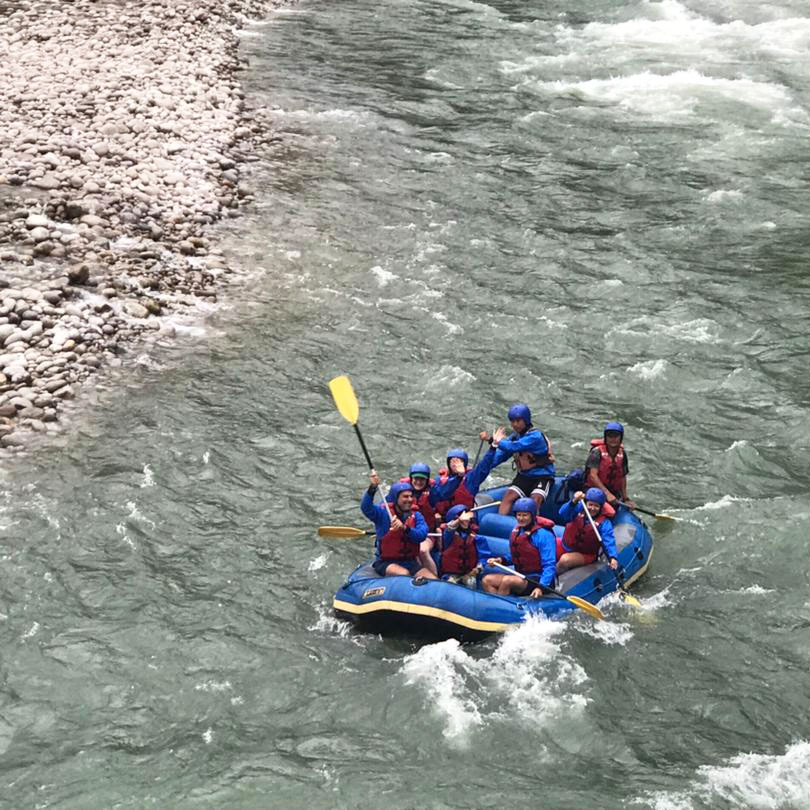Dechen Dolkar
The Department of Tourism (DoT) has reprioritised its entire tourism flagship programme to help those affected by the COVID-19 pandemic within the tourism industry.
Initially, the government allocated Nu 1.5 billion to promote tourism for balanced regional development under the 12th Plan. However, only Nu 713 million was approved and received by the department, out of which Nu 232 million was spent on the Economic Contingency Plan for COVID-19.
A DoT official mentioned that tourism did not have a separate flagship programme. Instead, the overall 12th Plan for the department was approved as the flagship programme by the government.
Under this flagship, the department identified four circuits – Eastern, Western, Southern, and Central. Monggar, Trashigang, Trashiyangtse, Lhuentse, Pemagatshel, and Samdrupjongkhar fall under the East circuit. The Central circuit includes Bumthang, Trongsa, and Zhemgang. Thimphu, Paro, Haa, Punakha, Wangduephodrang, and Gasa are categorized under the West, while Chhukha, Dagana, Tsirang, Sarpang, and Samtse fall under the South circuit.
However, the department could not implement the four circuits due to a lack of accessibility. International tourists, except for Indian tourists, must enter Bhutan via Paro or Phuentsholing before travelling to the east and other places.
Despite these challenges, the department developed several initiatives. In the Eastern circuit, the Royal Heritage Tour and domestic tourism in Lhuentse, the Om-Ah-Hung Journey in Aj Ney in Mongar, and the Lotus Valley Trek and Tour in Pema Gatshel were established. The Western circuit saw Gasa developed as a new destination, the creation of a trekking route from Lingzhi to Gasa, and enhancements to the Black Necked Crane Festival and Chubu Tshachu to promote domestic tourism.
The Southern circuit saw the development of Bjimichu Tourist Site in Chukka, a picnic spot and botanical garden in Jigmeling, enhancements to Gelegphu Tsachu, and the promotion of Dagana as a new tourism destination.
In the Central circuit, the Heritage Palace Tour in Trongsa and Bumthang and the Bhutan Bird Festival in Zhemgang were developed.
However, the former head of the programme management unit for the tourism flagship programme, Tashi Tenzin, said that the Merak-Sakteng Highland Festival in Trashigang and the Zorig Chusum Festival in Trashiyangtse could not be implemented. “Infrastructure and amenities were developed, but the festivals were halted or disrupted due to the pandemic.”
Later, the department reprioritised its entire tourism flagship programme to engage those affected by COVID-19 in the tourism industry. Under the Tourism Economic Contingency Plan for COVID-19, the department provided four broad immediate engagement programmes in two phases over nine months. Phase-I ran from April to June 2020, while Phase-II covered July to December 2020, targeting more than 1,000 displaced employees.
The programme included infrastructure and product development, surveys and studies, training and re-skilling, and waste management.
Infrastructure and product development involved the redevelopment, beautifying, and upgrading of tourist destinations and monuments, including new trails, quality roadside amenities, campsites, and beautification works.
Surveys and studies included the Google Street View initiative, aimed at updating the entire country’s street view. This initiative engaged around 10 laid-off guides and professional photographers for three months starting from April to June 2020. The team was trained, and fieldwork was piloted in two identified dzongkhags before scaling up nationally.
Training and re-skilling involved capacity-building for industry personnel in collaboration with relevant stakeholders. This included handicrafts and souvenir production, hotel assessment, wellness and spa (Sowa Rigpa), guide course upgrades and advanced food production.
Waste management focused on managing waste along the most frequented trekking routes and tourist hotspots through cleaning, advocacy, and awareness programs. Laid-off employees from the tourism industry were engaged to implement this activity.
In total, the government spent Nu 232 million and engaged 1,551 displaced employees from the tourism sector.


